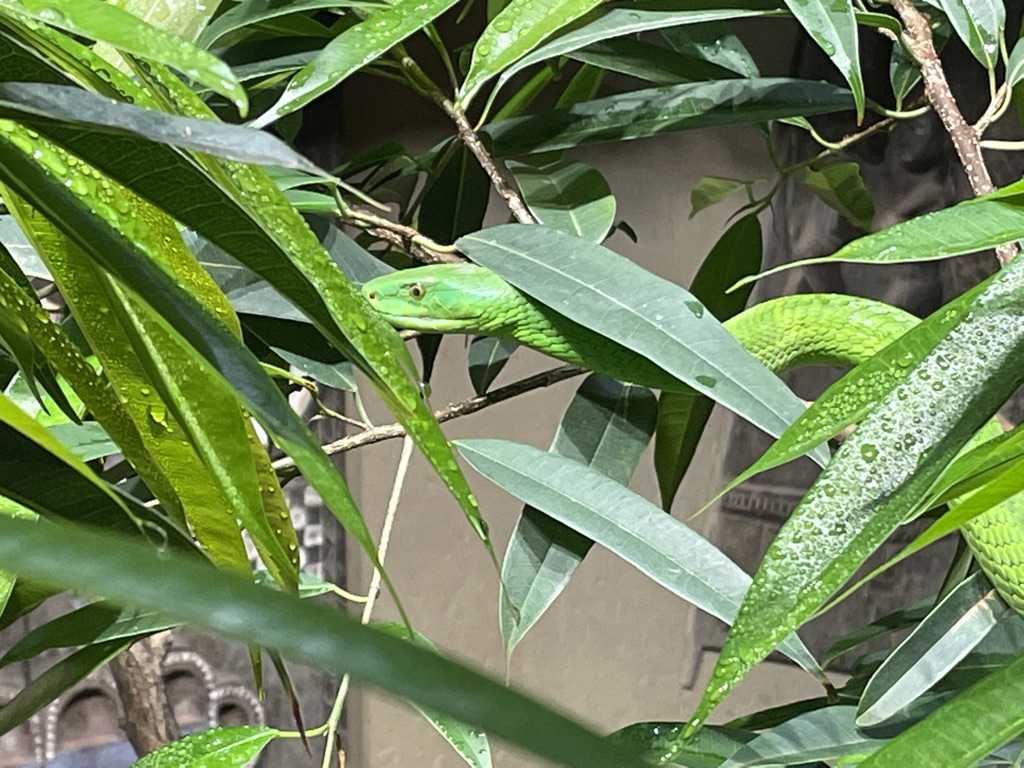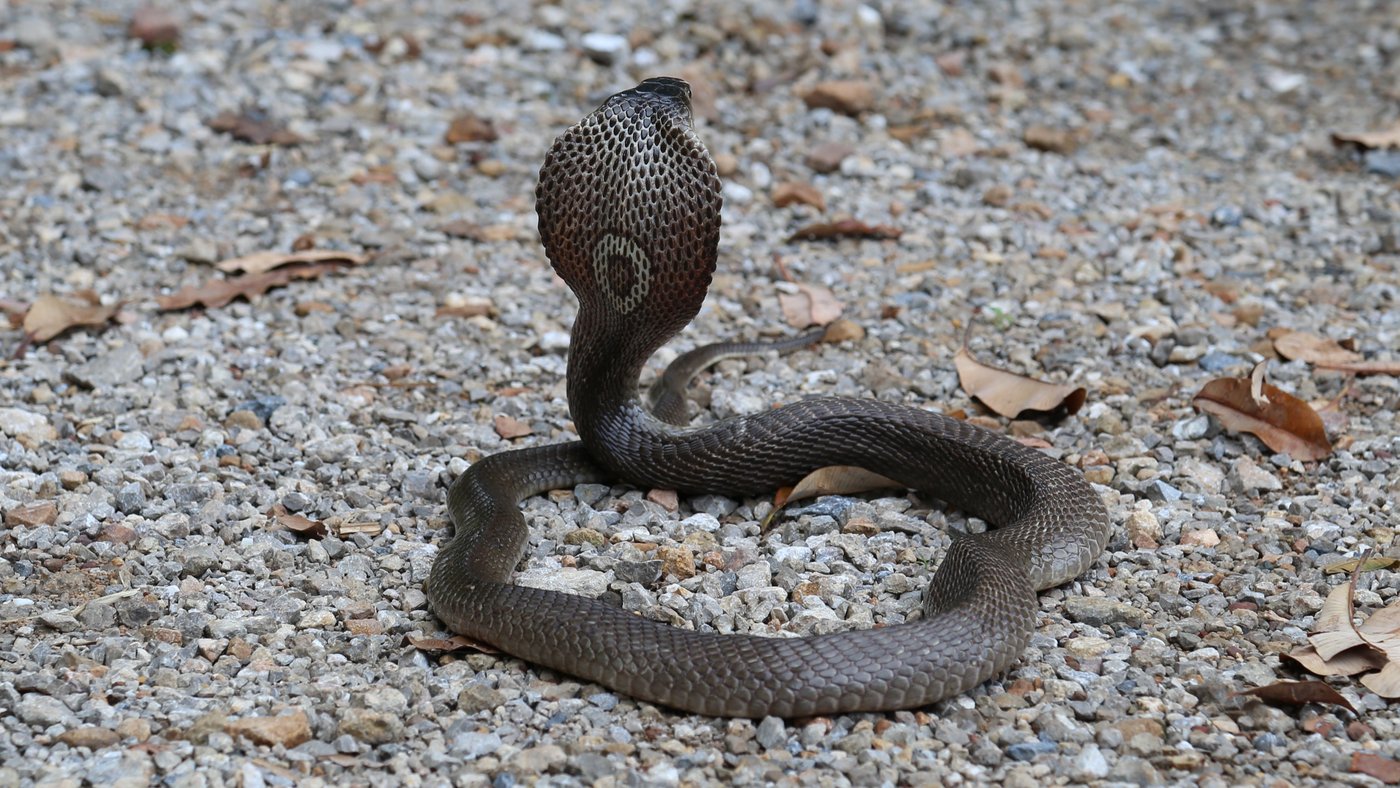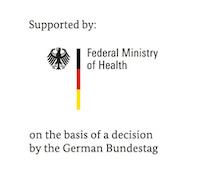FAQ on Snakebite Envenoming
How many snakes are venomous and where do they live?
There are approximately 3500 snake species known worldwide, of which 600 species are considered venomous and 200 are considered to be medically relevant. These venomous snakes cause significant morbidity and mortality. Most venomous snake species live in subtropical and tropical regions of the world. However, some venomous species live in regions with cooler climates. The European adder (Vipera berus) can even be found north of the Arctic circle. The Himalayan pit viper (Gloydius Himalayanus) has been found up to 4900 m above sea level.
Several regions are free of venomous snakes: Antarctica, Chile, Ireland, Iceland, Madagascar, New Zealand, and many islands of the Atlantic, the Caribbean, and the eastern Pacific.
What symptoms do snakebites cause and what treatment is available?
Venomous snakes typically cause two characteristic clinical syndromes:
- Life-threatening bleeding due to a clotting disorder caused by the consumption or inhibition of coagulation factors.
- Muscle paralysis and life-threatening respiratory failure which is caused by the venom’s effect on the neuromuscular transmission of signals.
In addition, some snakes, such as cobras and adders can cause local tissue destruction leading to large wounds and swellings.

This is also dangerous because wounds may become infected and swelling may cause problems with blood circulation. There are also some snake species, especially the cobra (naja), which can spray venom into the face from a distance of more than two meters, targeting the eyes. This can not only cause severe pain but also lead to impaired vision or even blindness.
There are two treatment options:
- Symptomatic treatment: depending on the clinical syndrome this can include blood transfusions to replace blood loss or artificial ventilation in case of respiratory failure.
- Specific treatment: Administration of antibodies to neutralize venom components, most commonly through snake antivenom.
What should you (not) do in case of snakebite?
As research is evolving, so have the guidelines and recommendations on what (not) to do after a snakebite. Here is a small overview of the recent guidelines (adapted from Health Action International).
DO
- Stay calm and reassure the victim
- Slowly move away from the snake
- Leave the bite wound alone
- Remove rings, bracelets, watches or any constricting items from the bitten limb
- Immobilise the bitten limb like a broken limb and lay the victim on their side
- Rush to the nearest hospital or health facility
- In case of a spitting accident with venom affecting the eyes: rinse eyes with running water
DON’T
- Panic
- Attack or kill the snake
- Suck, wash or cut the wound
- Tie up the affected area or limb
- Lay the victim on their back
- Use any traditional medicine or ointments
- In case of a spitting accident with venom affecting the eyes: rub the eyes
Why do so many people still die from snakebites?
Depending on the venomous snake species between 1%-30% of the victims die after a bite. The most common reasons for this are:
- lack of antivenom in an accessible health facility,
- lack of knowledge of health care personnel about the management of snakebites
- lack of appropriate medical equipment such as respirators, monitors, and laboratory machines to provide medical care for severely affected snakebite victims.
The lack of antivenom and appropriate medical care leads to high mortality that could be virtually zero in case of snakebite envenoming. If you want to know more about the lack of antivenom, please visit our Antivenom Crisis page to come.

Where can I find more information on snakebite envenoming?
There are several pages you can visit to learn more about snakebite envenoming. The best place to start with is the WHO website on snakebite envenoming and the links below.
WHO Snake Information Platform: https://www.who.int/teams/control-of-neglected-tropical-diseases/snakebite-envenoming/snakebite-information-and-data-platform/overview#tab=tab_1
Snakebite Initiative: https://www.snakebiteinitiative.org/
Snakebite Awareness Day: https://snakebiteawareness.org/
Health Action International: https://haiweb.org/what-we-do/our-snakebite-tools/
RG Snakebite Envenoming: https://www.bnitm.de/forschung/forschungsgruppen/implementation/ag-schlangenbissvergiftungen
Kontakt
- Dr Jörg Blessmann
- Research Group Leader
- phone: +49 40 285380-722
- email: blessmann@bnitm.de
- Dr Benno Kreuels
- Research Group Leader
- phone: +49 40 285380-723
- fax: +49 40 285380-512
- email: kreuels@bnitm.de
- Dr Anna Hein
- Public Relations
- phone: +49 40 285380-269
- email: presse@bnitm.de
- Julia Rauner
- Public Relations
- phone: +49 40 285380-264
- email: presse@bnitm.de







